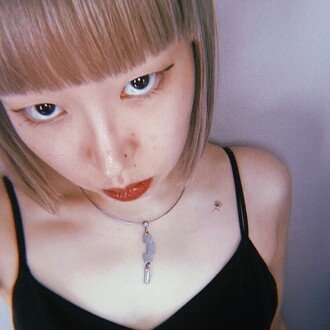
Dig Japan vol.29 “Igamochi (いが餅)”
Dig Japan is a series in which I research and introduce in English topics related to traditional Japanese culture that interest me. In this article, I will introduce igamochi.
Igamochi is wagashi made by wrapping azuki bean paste inside a rice cake made from glutinous rice or rice flour, and then placing grains of brightly colored glutinous rice on top and steaming it. During the Edo period, it changed from a ceremonial food to a Japanese sweet, and spread to various regions, including Mie Prefecture, where it is said to have originated. Each region has its own characteristics, and the appearance and occasions on which it is eaten also vary.

Igamochi is generally made by adding warm water to joshinko (high-quality flour made from non-glutinous rice), kneading it until it becomes as hard as an earlobe, wrapping it in tsubuan or koshian, shaping it, placing colored glutinous rice on top and steaming it. There are also other ways to make it, such as adding shiratamako to joshinko and steaming it before pounding, or putting colored glutinous rice in a mold and pressing the dango into it.
There are various theories about the origin of the name, including that it resembles the burrs of a chestnut (“iga” in Japanese). There are various theories about its origin, but it was originally a ceremonial sweet made as a prayer and offering to the gods. “Kagogashi,” which has been passed down since the Heian period, are sweets offered during ceremonies to ward off evil spirits and pray for good fortune, and igamochi was one of them.

The most likely place where igamochi originated is Iga City, Mie Prefecture, due to its connection with the place name and the legend that “iga manju” from the Mikawa region originated in Iga. Igamochi from Matsusaka City, Mie Prefecture is said to have a design based on the flower hat worn during the “Kanko Odori” dance, which is a prayer for rain and a good harvest.
During the Edo period, when the five main roads were developed and transportation improved, igamochi changed from a ceremonial food to a Japanese sweet for the common people. Igamochi shops were opened along roads such as the Ise Kaido (Mie), and the sweet was spread to various regions by travelers and merchants. In this way, igamochi came to be eaten in multiple regions, from the Tohoku region to the Chugoku and Shikoku regions.

The appearance of igamochi varies by region. For instance, in Iga, Chiryu, and Yamagata, the rice grains are concentrated in a certain area, while in Matsusaka and Kure, Kyoto, they are scattered randomly. Also, in Taki, Mie, and Wajima, Ishikawa, the rice grains are lined up on the surface without any gaps, while in Gamagori, Aichi, and Aisho, Shiga, the rice grains are lined up only in one corner of the surface. In Shimane Prefecture's igamochi (also called hanamochi), the rice grain is placed in the center of the mochi.
The color of the rice grains also varies by region. In Yamagata Prefecture, the rice is completely yellow, which is said to come from a Shinto ritual in which rice grains are placed on the rice to represent ears of rice in prayer for a good harvest. Meanwhile, in Kure City, Hiroshima Prefecture, the rice is brightly colored, including pink and green.
According to the Ministry of Agriculture, Forestry and Fisheries of Japan, in Kure city, igamochi is a seasonal treat eaten at autumn festivals such as the annual festival at Kameyama Shrine, and during this time, they are sold at wagashi shops and food stalls, where you can enjoy freshly steamed igamochi. It is rarely made at home, and some stores sell it all year round. It is also sometimes served in local school lunches as part of food education and learning about local cuisine.
This article was written by 𝐡𝐢𝐫𝐨𝐤𝐨, working as a freelance translator and PR for overseas apparel brands in Japan, with the aim of broadening her own knowledge of traditional Japanese culture and spreading it to the world.
いいなと思ったら応援しよう!

